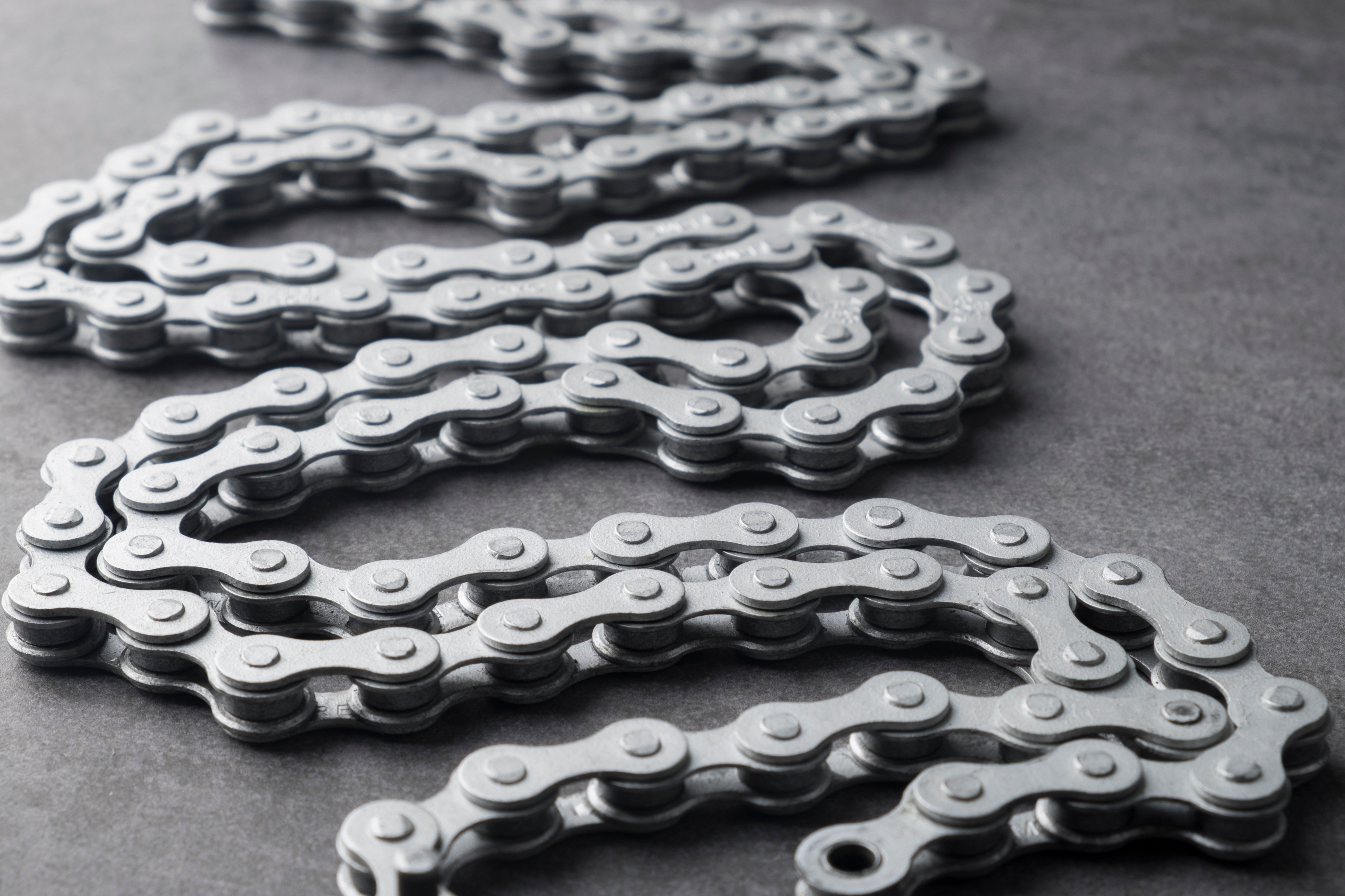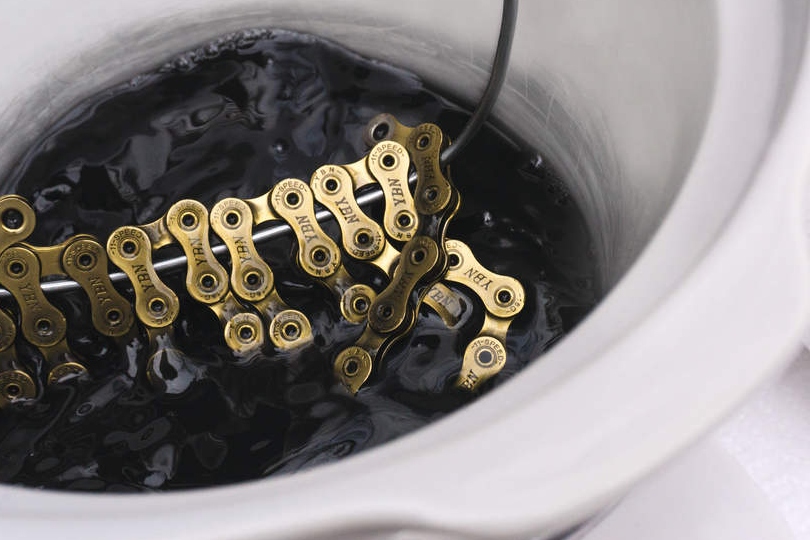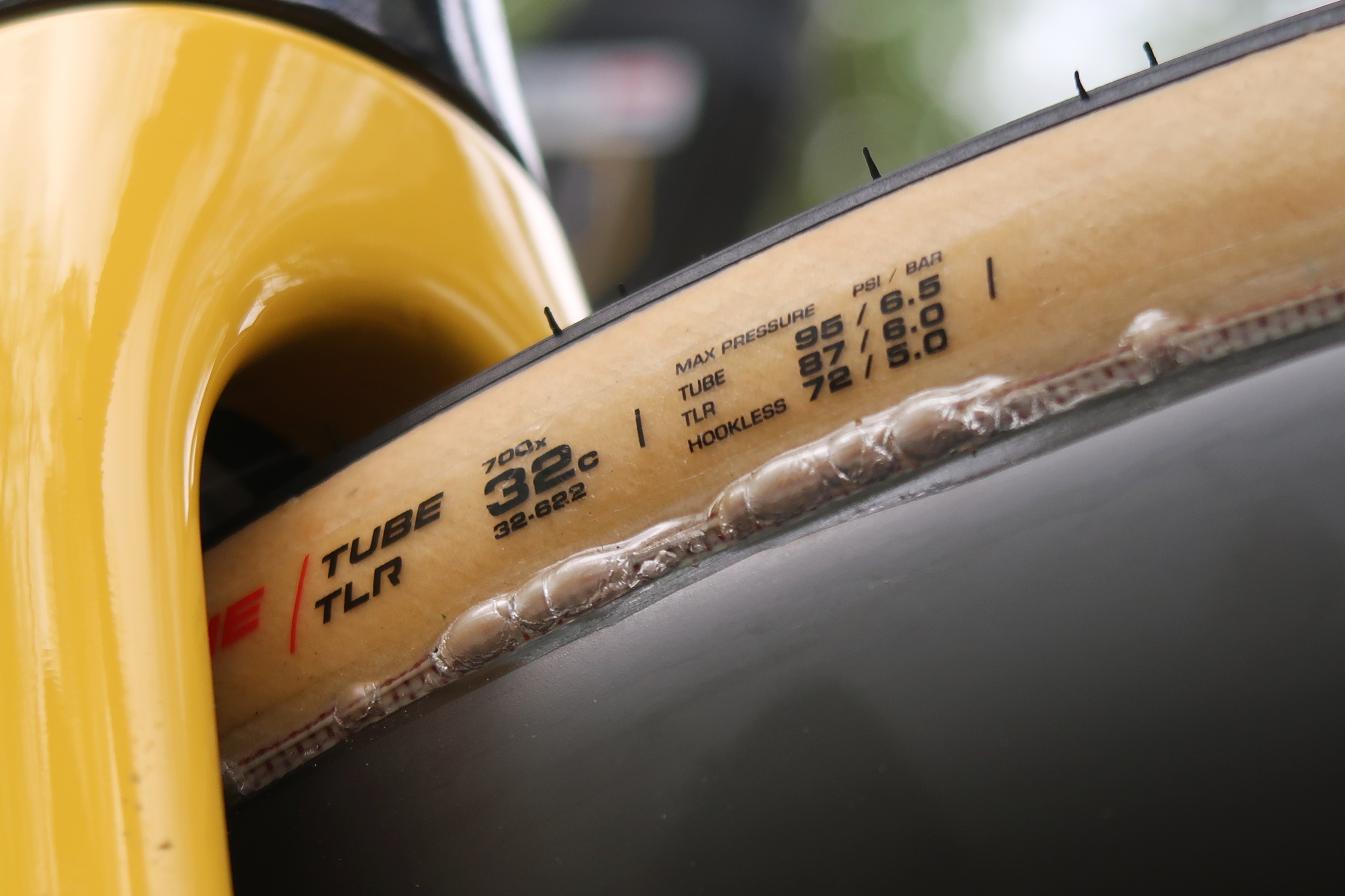Should you be waxing your chain?
Are wax based lubricants ousting their oily counterparts? Rachel Sokal investigates...

“There are very few situations where wax isn’t the better option from a performance standpoint,” says Travis Vehoff, at Silca. “Maybe even more importantly for most riders, it keeps your chain lasting longer.”
Silca, who manufacture wax based bike chain lubes, clearly have a vested interest in praising their performance. However, it’s a general consensus too, that wax products dominate the efficiency and long-term cost league tables of independent testers Zero Friction Cycling (ZFC), consistently outperforming traditional oil-based products.
But why are they so much better than standard lubricants? The obvious one is efficiency, wax has a lower coefficient of friction and therefore loses you fewer watts. Then there’s contamination resistance.
ZFC’s Adam Kerrin explains more: “In non-wax lubricants, all particles stick [to the lubricant] on contact which gives them a medium to transport from outside to inside. The ‘wetter’ the lube, the worse this problem is. With top wax lubricants, there isn’t a pathway to get inside the chain as the wax is either solid or semi-solid.” Little by little this abrasive dirt grinds away at your chain and the rest of your drivetrain ultimately saving you money.
Wax lubricants fall into two groups; “solid”, “hot” or “immersive” waxes, and “drip” or “liquid” waxes. Both types combine a wax base with various friction modifiers. Solid waxes come as a puck or pellets and need to be melted down to use. A drip wax is a water-based emulsion and so can be applied to the chain like a traditional lube. This makes drip waxes a great option if you don’t want to remove your chain and heat up a wax each re-coating.
Solid waxes come out above drips in terms of effectiveness and longevity. Firstly, immersing a chain ensures all the parts are completely covered. A drip on each roller may only track partially into a space. Secondly, with a solid wax 100% of it is the lubricant. In a drip wax typically half is the water carrier, meaning 50% less wax per drip applied.
You can use them in tandem; topping up a solid wax immersion with interim drip wax application. Adam describes this combined approach which balances the pros and cons of each and prolongs the interval between hot waxes as “the perfect middle ground” for many. If you do this, you need to choose a drip wax with a compatible base to the solid version, such as Silca or Ceramic Speed UFO.
Get The Leadout Newsletter
The latest race content, interviews, features, reviews and expert buying guides, direct to your inbox!
So, what does top the charts? Well, Zero Friction Cycling undertakes robust and equitable testing of each lubricant making its data the most reliable available (see 'Wear rate and cost comparison' below/to side).
Wear rate and cost comparison
Zero Friction Cycling’s testing showed the top three lubricants to be Molten Speed, Silca and Rex Black, all solid wax. After 6,000km of testing in varying conditions, using any one of these resulted in a chain being less than 50% worn. The top three drip waxes, Effetto Mariposa, Ceramic Speed UFO and Silca Super Secret, ended testing with chain wear between 80% and 133% (a third over the wear limit). In comparison, the best wet lube had 147% chain wear at this point. Full dataset and testing protocols are available at www.zerofrictioncycling.com.au
On paper the traditional lube versus wax contest feels rather one-sided but there are downsides to waxing your chain. Silca cites UK winters as some of the less favourable conditions for waxing and recommends Synergetic oil if you’re riding three-to-four times a week in wet conditions.
The most cited issue is the time and effort it takes, but most of this is a one-off procedure and one you can avoid entirely if you buy a pre-waxed chain. “The chain prep is the most important step for chain waxing. If you nail that step everything else is really simple and low maintenance” says Silca’s Travis.
Ride-to-ride maintenance must also be kept up to avoid corrosion and ensure any surface dirt is removed. Drip wax needs 12-24 hours to solidify to work properly and prevent the water-based emulsion washing straight out meaning you can’t use a drip wax mid-ride - not so suitable for ultra-endurance riding.
Wax is also less suited to dirtier conditions. Even a well-waxed chain will eventually succumb to the abrasive powers of dirty water causing contaminates to replace the silky smooth wax. At a minimum, this means wiping or rinsing down your chain after a wet ride and re-waxing more frequently. ZFC recommends re-immersing your chain in hot wax to force dirty water out of the chain.
Each manufacturer will give an estimated distance range before your chain needs re-waxing (typically 300-500km for a solid wax). There’s a lot of variation in this depending on your power, gear choice, riding conditions and maintenance. Keep a note of your mileage and the conditions and you’ll soon learn at what point your chain loses its smooth feel and needs re-waxing.
How to wax your chain using solid wax

Before waxing your chain, ensure that it is totally clean.
- Melt your wax using a slow cooker or water bath.
- Attach a spoke to your chain, and place in the wax.
- leave for a few minutes before turning off the heat.
- When a skin starts to form on top of the wax, remove the chain and hang up to dry
- Loosen chain links and refit chain.
To maintain the wax finish, dry wipe to clean after each ride.

Thank you for reading 20 articles this month* Join now for unlimited access
Enjoy your first month for just £1 / $1 / €1
*Read 5 free articles per month without a subscription

Join now for unlimited access
Try first month for just £1 / $1 / €1
Rachel has been writing about and reviewing bike tech for the last 10 years. Cynical by nature, Rachel never really trusts the marketing hype and prefers to give products a mighty good testing before deciding whether they're worth buying or not.
Rachel's first riding love is mountain biking where she's been European and UK 24hr Champion on more than one occasion. She's not just confined to the trails though and regularly rides - and occasionally races - on gravel and road too.
-
 Cycling's riders need more protection from mindless 'fans' at races to avoid another Mathieu van der Poel Paris-Roubaix bottle incident
Cycling's riders need more protection from mindless 'fans' at races to avoid another Mathieu van der Poel Paris-Roubaix bottle incidentCycling's authorities must do everything within their power to prevent spectators from assaulting riders
By Tom Thewlis Published
-
 Why Paris-Roubaix 2025 is proof that road bike tyres still have a long way to go
Why Paris-Roubaix 2025 is proof that road bike tyres still have a long way to goParis-Roubaix bike tech could have wide implications for the many - here's why
By Joe Baker Published